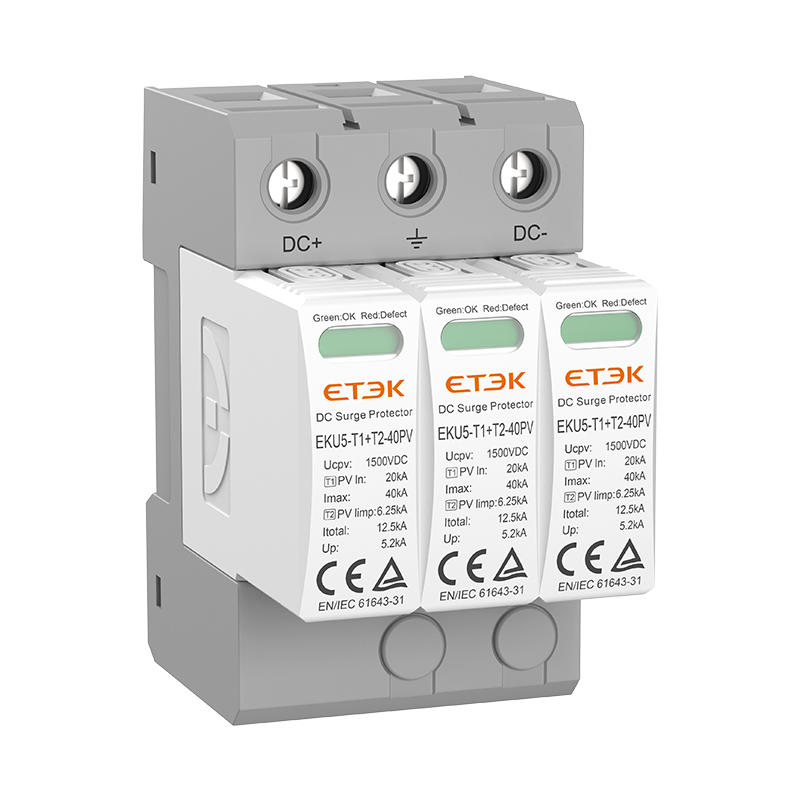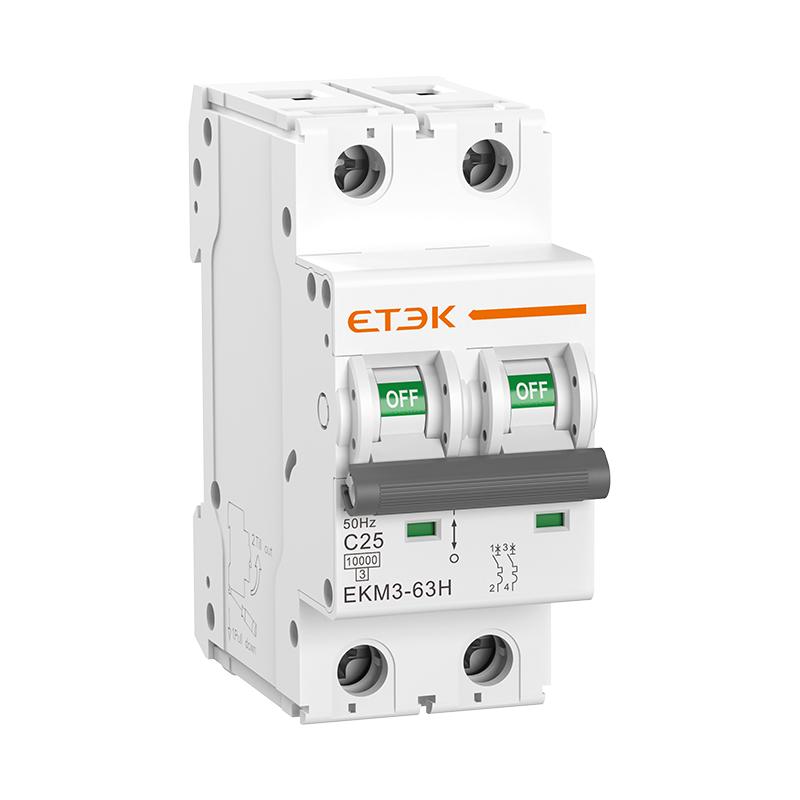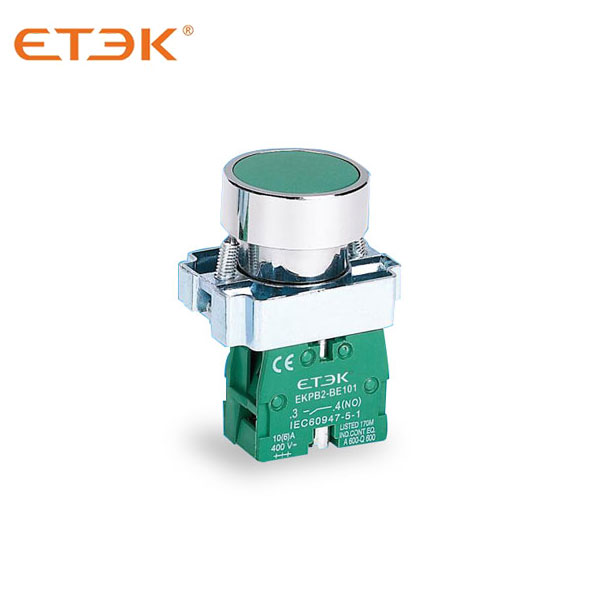Low Voltage surge Protector (SPD) in Photovoltaic system

Overview
Surge is a kind of transient interference, which causes the instantaneous voltage on the power grid to exceed the rated normal voltage under certain conditions. Usually, the transient does not last too long, but the range may be quite high. It is possible to suddenly rise in just 1/1000000 seconds, such as thunder, or disconnect the inductor load, or turn on a large load will have a great impact on the power grid. In most cases, if the equipment or circuit connected to the power grid does not have surge protection measures, the device will easily be damaged, and the degree of damage will be related to the voltage withstand level of the device.
Photovoltaic systems are exposed to large areas of open space, usually in the wild or on top of buildings. Charged rain clouds that accumulate above such open sites tend to release charges in the form of lightning. In this case, a voltage surge is likely to occur. The wider the space, the greater the possibility of damage. Surges can easily damage electronic equipment to a catastrophic failure. If someone is present during the surge, it may also endanger their personal safety.
Poorly protected photovoltaic systems will suffer repeated serious damage, resulting in a large number of maintenance and replacement costs, system downtime and revenue loss. Properly installed surge protectors (SPD) will minimize the potential impact of lightning strikes.
In order to prevent high energy from passing through electronic equipment and causing high voltage damage to the photovoltaic system, voltage surge must have a grounding path. For this reason, all conductive surfaces should be grounded directly, and all wiring in and out of the system (such as Ethernet cables and AC power supplies) should be grounded through surge protectors. A surge protector is required for each set of array boxes, bus boxes, and DC isolators.
Classification of surge protectors
Type 1
The type 1 surge protector is recommended for specific situations in the service sector and industrial buildings, which protects electrical devices from direct lightning and releases the backcurrent caused by lightning diffusing from the grounded conductor to the network conductor.
Type 1 surge protector is characterized by a current wave of 10/350 μs.
Type 1 surge protector can be used in the photovoltaic system between the photovoltaic array and the main service isolation switch, which is mainly used in the central inverter.
Type 2
Type 2 surge protector is the main protection system for all low voltage electrical devices and is designed to be used for service. A device on the load side of an overcurrent device; includes a surge protector and a plastic shell surge protector located at the branch panel. The Imax value is the maximum single discharge current represented by the 8 / 20 μ s waveform that the surge protector can support.
Type 3
Type 3 is generally used in terminal power distribution equipment, surge protector should be series voltage-limiting power supply lightning arrester, its lightning current capacity can not be lower than 10KA. The minimum length of the conductor installed from the electrical service panel to the point of use is 10 meters, and the conductor attached to the surge protector or used to connect the surge protector shall not be installed within a distance of 10 meters.
How to select surge protector for photovoltaic system
Due to the unique characteristics of photovoltaic systems, it is necessary to use surge protectors specially designed for photovoltaic systems. To determine how to choose the right surge protector module for your PV system and its installations, you need to know:
1. The operating temperature of the system;
2. The voltage of the system;
3. The rated short-circuit current of the system.
4. Type of lightning strike (direct or indirect)
5. Nominal discharge current
Selection of surge protector on AC side
The surge protector used to protect the AC measurement of photovoltaic systems shall comply with the requirements of IEC 60364-5-53. In particular, it is indicated that the working voltage between the AC transmission line and the ground is due to the technical nature of the inverter power supply, and the sinusoidal AC working voltage is not always standardized. The selection of the surge protector on the AC side should consider the waveform distortion of the working voltage. Significant peaks, commonly referred to as harmonic current effects. Therefore, when selecting an SPD, not only the various main parameters available, but also the SPD with anti-harmonic current effect should be selected.
Selection of surge protector on DC side
The surge protector on the DC side of the photovoltaic system shall meet the requirements of IEC 61643-31.
In the selection, except the basic main parameters, pay special attention to two main parameters: Ucpv, Iscpv.
Ucpv: The maximum continuous operating voltage Ucpv of all SPD safety modes (positive/negative, positive/ground and negative/ground) should be greater than or equal to the maximum open circuit voltage Uoc max of the PV array under all application conditions.
Iscpv: When the battery is connected to the DC power circuit, additional regulations need to be met, because the short-circuit current given by the battery is likely to be much higher than the current that the photovoltaic array can supply.
Conclusion
Lightning injury is one of the main threats faced by the photovoltaic system during operation. In order to ensure the normal operation of the photovoltaic system, it is particularly important to install the correct type of surge protector at a reliable location in the photovoltaic system.
ETEK Electric provides you with different types of surge protective devices. If you are not sure how to find a surge protective device that fully meets your needs, please consult us, and we will provide you with comprehensive guidance.





.jpg)





